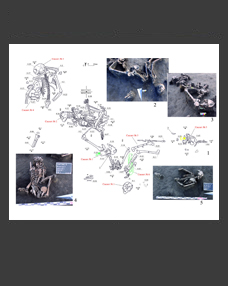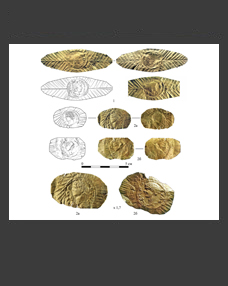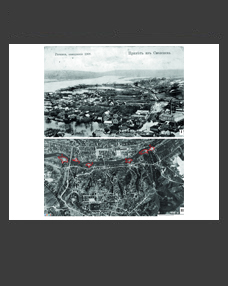Roman A. Mimokhod1,2
1Institute of Archaeology RAS, Moscow, Russia,
2Institute of Physicochemical and Biological Problems of Soil Science RAS, Pushchino, Russia
E-mail: mimokhod@gmail.com
Keywords: the Lola cultural circle, Caucasian migration, ritual, inventory, innovations, craniology, aridization.
The article is focused on the reconstruction of the Caucasian population migration to the steppe around 2200 Cal BC. As a result of the movement of the Ginchin and Prisulak tradition bearers to the Ciscaucasia, where they came into contact with local late Catacomb cultures, the Lola cultural circle was formed, which included the Lola and Nevinnomyssk cultures, as well as the Volga-Ural cultural group. This migration is evidenced by a number of innovations of Caucasian origin in the ritual-inventory complex of the post-Catacomb cultural formations of Ciscaucasia and the Volga-Ural region. Their emergence was explosive in nature and occurred within a short period. The movement of individual pastoral societies from the North Caucasus to the steppe is well confirmed by the craniological data of the Lola culture, which, on the one hand, demonstrates a connection with the local Eastern Manych Catacomb culture, and on the other hand, shows a link with the cultures of the North-Eastern Caucasus. The migration in question occurred during a period of sharp climate aridization, which led to an increase in sedimentation and a decrease in winter temperatures in the mountain and foothill zones. This resulted in a shortage of winter pastures in these territories, which caused part of the Caucasian population to move to the steppe, where conditions for winter grazing were more favorable.
DOI: 10.31857/S0869606324030047, EDN: XAHVXX







